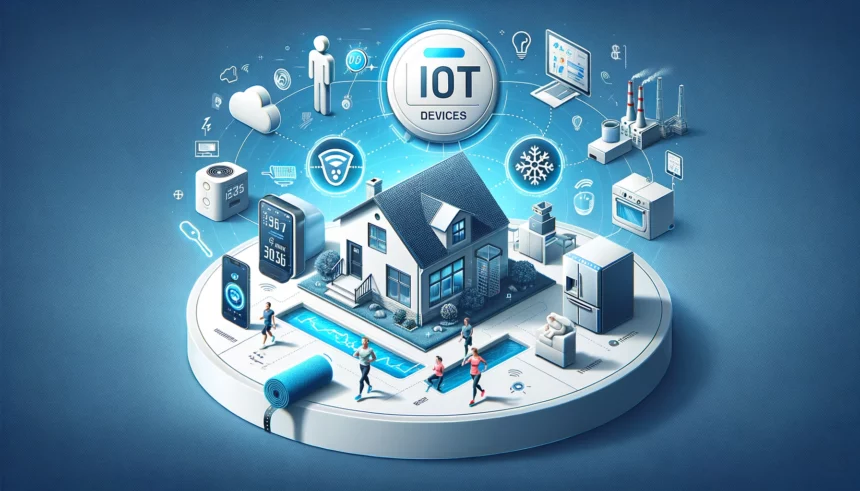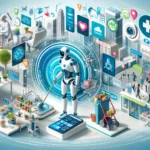Introduction
Imagine walking into a room that adjusts its temperature just how you like it, or having a fridge that reminds you to pick up milk on your way home. This isn’t a scene from a futuristic movie; it’s today’s reality thanks to IoT (Internet of Things) devices. These gadgets are becoming essential in our daily routines by making life simpler and more efficient. Let’s dive into how these smart devices are woven into the fabric of our everyday lives.
What Are IoT Devices?
IoT devices are gadgets that connect to the internet and interact with other devices to collect and analyze data. This includes everything from your smartphone and wearable fitness tracker to smart thermostats and even connected cars. They help automate tasks and provide useful information that makes our lives more convenient.
Impact of IoT Devices on Daily Life
- Home Sweet Smart Home: From smart thermostats adjusting your heating based on your schedule, to smart locks that let you grant home access remotely, IoT devices in the home are all about convenience. For example, networked kitchen appliances can suggest recipes based on what’s in your fridge right now!
- Healthcare at Hand: In the healthcare sector, IoT devices like wearable fitness trackers and blood glucose monitors send real-time data to your doctor, helping them tailor your healthcare plan more effectively. However, it’s crucial to be mindful of the privacy and security risks, as personal health information is highly sensitive.
- Industry Innovations: In industries, IoT helps streamline processes. Sensors in factories monitor equipment and predict when maintenance is needed, avoiding costly downtime and improving safety.
Advantages and Challenges of Smart Networking
Advantages:
- Seamless Communication: IoT devices can communicate with each other, leading to more coordinated and efficient actions.
- Increased Productivity: Automation of routine tasks frees up time for more important activities.
- Cost Efficiency: Smarter energy management means lower utility bills.
Challenges:
- Security Risks: With increased connectivity comes greater risk of cyber attacks. It’s essential to secure IoT devices properly.
- Integration Headaches: Ensuring different devices work together seamlessly can be challenging.
- Data Overload: Managing the huge amounts of data generated can be daunting.
Living with IoT Devices: Security and Privacy
Security is a major concern when using IoT devices since they’re often targets for hackers. To protect yourself, use strong, unique passwords for your devices and networks, keep software updated, and only buy from reputable manufacturers. Regarding privacy, be aware of what data your devices are collecting and how it is being used. Always review the manufacturer’s privacy policy.
Looking to the Future
The future of IoT is bright, with new technologies on the horizon that promise even more connectivity and innovation. For example, imagine a world where cars communicate with each other to reduce traffic and prevent accidents. As technology advances, IoT devices will play an even larger role in making our lives easier and more connected.
Conclusion
IoT devices bring a touch of magic to our everyday lives, offering both conveniences and challenges. By embracing these technologies responsibly and being aware of security and privacy, we can enjoy the benefits while minimizing the risks. As we continue to integrate IoT devices into our daily routines, they promise to enhance our quality of life significantly. Let’s make the most of the opportunities these amazing tools offer!
















